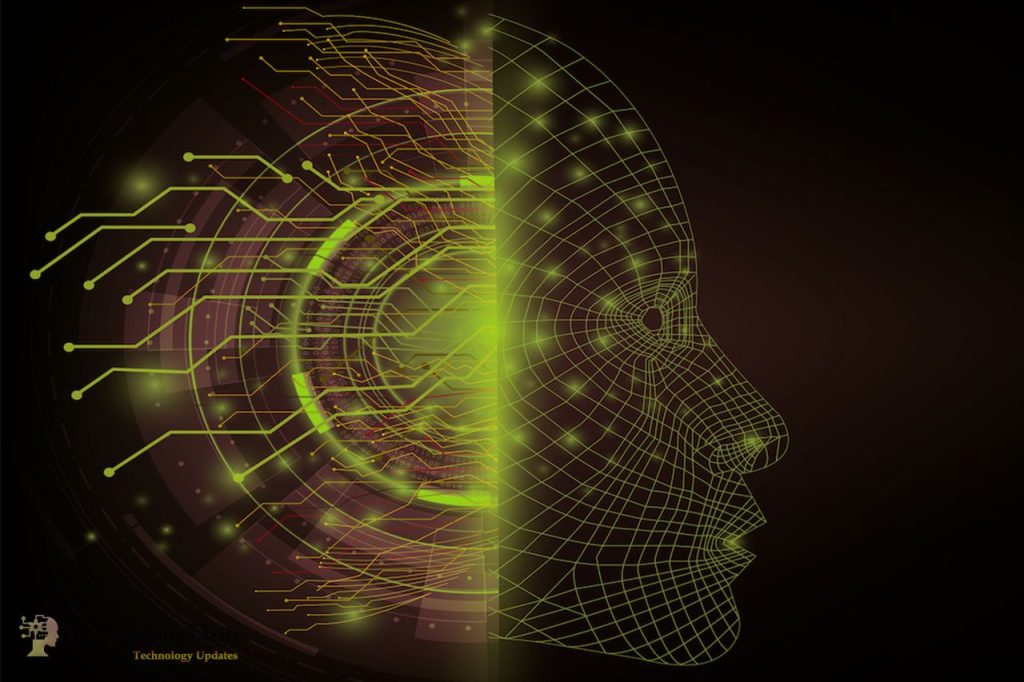
In the world of gaming and online entertainment, understanding player behavior is crucial for providing a personalized and engaging experience. This is where the power of machine learning comes into play. With advancements in technology and data analysis, machine learning algorithms are revolutionizing the way we predict and understand player behavior.
What is Machine Learning?
Machine learning is a subset of artificial intelligence that focuses on training computer systems to learn and improve from past experiences without being explicitly programmed. It involves the development of algorithms that can analyze data, identify patterns, and make predictions or decisions based on the learned information.
Predicting Player Behavior
Player behavior prediction involves understanding the choices and actions of individuals in a gaming environment. Analyzing player behavior allows game developers, publishers, and operators to optimize their products, tailor marketing strategies, and improve user engagement.
Machine learning algorithms play a crucial role in predicting player behavior by analyzing vast amounts of data collected from various sources, such as in-game actions, social media activity, demographic information, and more. By harnessing the power of machine learning, game developers can gain valuable insights into the preferences, habits, and motivations of players.
Benefits of Machine Learning in Player Behavior Prediction
1. Personalized Gaming Experience: Machine learning enables gaming platforms to deliver personalized experiences to each player. By understanding individual preferences and behavior patterns, the system can recommend relevant games, content, and in-game purchases, creating a personalized journey for every player.
2. Improved Player Retention: Identifying churn-prone players is crucial for reducing attrition rates. Machine learning algorithms can analyze player behavior patterns to predict which players are likely to leave the game. By identifying these players in advance, developers can take preventive measures, such as targeted offers, incentives, or game updates, to retain them and enhance player loyalty.
3. Player Segmentation: Machine learning algorithms can segment players based on various criteria, such as playing style, skill level, motivations, or preferred game modes. This allows developers to create targeted marketing campaigns, develop tailored game features, and ensure that each player receives content that aligns with their interests and needs.
4. Cheating and Fraud Detection: Machine learning algorithms can analyze gameplay data to detect cheating or fraudulent activities. By identifying unusual patterns, suspicious behaviors, or outliers, these algorithms can flag potential cheaters and ensure fair play for everyone.
Machine Learning Techniques in Player Behavior Prediction
Various machine learning techniques are employed to predict player behavior accurately:
1. Supervised Learning: This technique uses labeled historical data to train algorithms to predict specific player behaviors, such as making in-app purchases, completing levels, or retaining engagement over time.
2. Unsupervised Learning: Here, algorithms analyze unlabeled data to discover hidden patterns or clusters within player behavior. This technique helps identify groups of players with similar behavior and understand the factors contributing to those patterns.
3. Reinforcement Learning: This technique involves training the algorithm through trial and error. The system learns by taking actions in a gaming environment and receiving feedback or rewards based on the outcomes. This helps optimize the gaming experience and adapt to player preferences in real-time.
Conclusion
Machine learning has become an indispensable tool in predicting and understanding player behavior. By leveraging the power of algorithms, gaming platforms can deliver personalized experiences, retain players, segment their user base, and ensure fair play. As technology continues to evolve, machine learning will play an increasingly significant role in shaping the future of the gaming industry.


